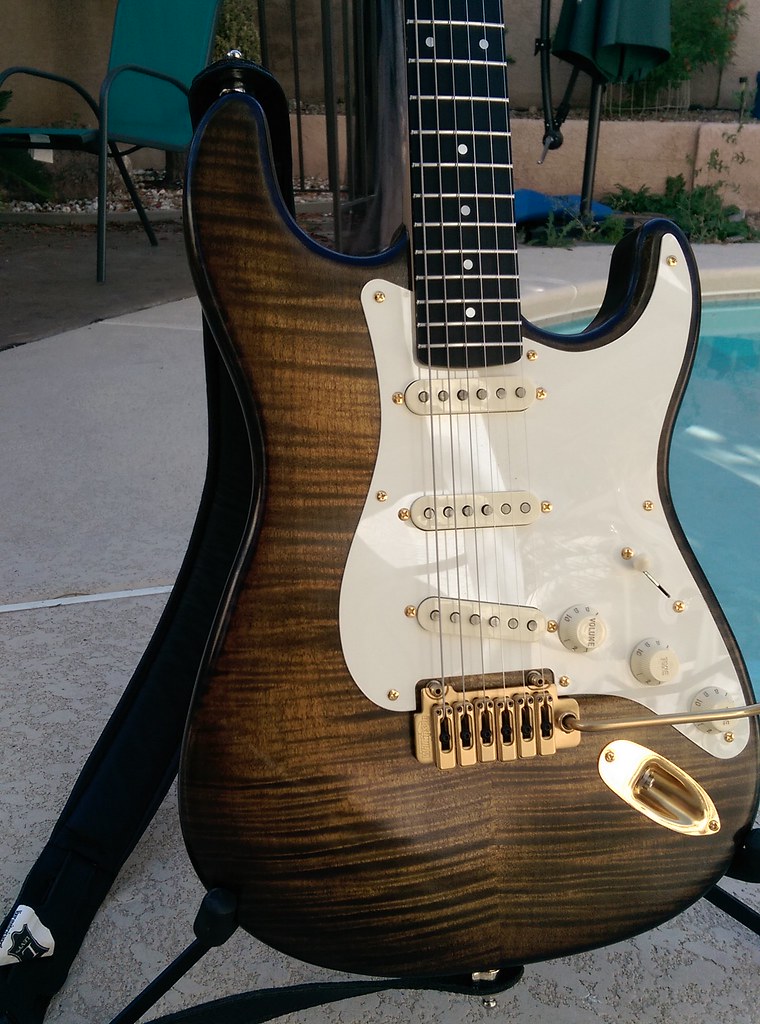drewfx said:
treyhaislip said:
Some say I don't know what I'm talking about because none of the guitars I've used were 100% identical...which you can never truly get anything 100% identical for such a test.
The fact that "you can never truly get anything 100% identical for such a test" means that you can never get reliable knowledge.
It does not mean that, since reliable knowledge is difficult or impossible to get, your beliefs are therefore somehow more reliable. They still aren't reliable.
IOW, you are in fact admitting that you "don't know what you're talking about" and then saying it's impossible to really know. Which is pretty much correct.

And admitting we don't actually
know some things is not a bad thing. IMO, it's actually kind of helpful.
I'm an accountant, not an electrician, scientist, researcher, etc.
But what I do know is every Basswood guitar I've played with a JB sounded off.
It started off like this, several years ago I had a MIJ Jackson SL3 that had a JB in the bridge and Hotrails in the neck and mid. I loved that guitar, incredible tone machine! Unfortunately a music pastor at the time broke the neck. Being a neck through meant I couldn't just replace it (had I known the tech I do know I would have had it repaired by him.) I decided to "recreate" this guitar...
I learned a TON from doing so...bolt-on does not equal neck thru, 250k pots don't always work for humbuckers but sometimes do, not every JB plus Hot Rails combo will sound the same, Basswood is a tricky wood for me to find a pickup combo that works (Screamin Demon in the bridge plus a Liquifire in the neck is what works for me,) Basswood is a much softer wood than Alder, etc.
My conclusion was a JB doesn't sound good in Basswood to my ears, a JB sounds best in Alder to me, a Liquifire sounds good in Basswood and Alder, and I should not be allowed to do any finish work on a guitar



